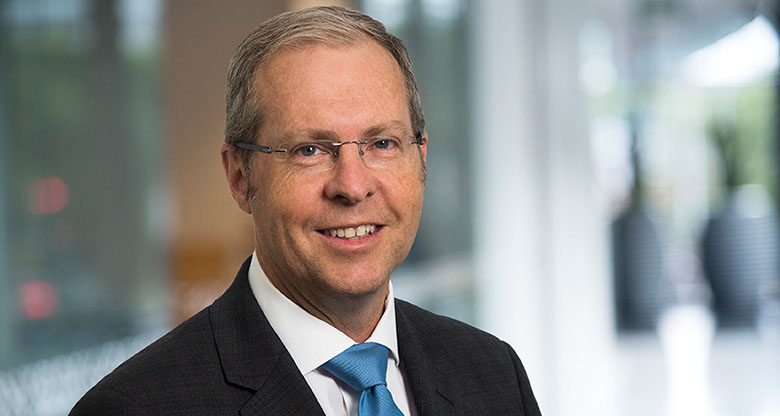- Feedback from a recent trip to the United States, including meetings at the NY Fed and US Treasury, was very clear; the biggest problem facing the US economy is the sharp rise in inflation. For both economic and political reasons the key focus for policy makers was the need to bring inflation back down quickly.
- As a result, the US Federal Reserve is expected to continue to raise interest rates ‘expeditiously’ in coming months. This was clearly demonstrated at the June FOMC meeting with a 75bp rate hike. The Fed’s own forecasts now have the Fed funds target rate at 3.4% at year-end 2022 and 3.8% at year-end 2023. We now expect the Fed funds rate to peak at 3.5%-3.75% in early 2023 – but for a policy easing cycle to begin before the end of 2023.
- I also found on this trip that the economic narrative from the media and some corporate leaders on the US economy was very bearish – more so than we or clients expected. Words such as ‘recession’ and ‘stagflation’ are in common use by people who, I believe, don’t fully understand what those words mean. Rising cost of living pressures are being mistaken for impending economic collapse. While we do expect a slowdown in the US economy due to higher interest rates, the outlook is likely to be less dramatic than some of the more extreme commentary.
- US clients generally have a positive attitude towards Australia. The 50bp rate hike from the RBA in early June surprised many (as it did us), with the RBA now set on a path towards a more rapid tightening of monetary policy. The RBA’s rate hike cycle should also be viewed in the context of the need for a tightening in global monetary policy settings.
- But, our view that the RBA’s interest rate hiking cycle can be much shallower than market expectations was well received. This involved a detailed discussion of the housing market and fixed rate mortgage dynamics and an understanding that financial conditions in Australia will continue to tighten through 2023 even though the RBA is not expected to be raising the cash rate target next year.
- The rise in commodity prices and Australia’s terms of trade, Australia’s relationship with China, the implications of the change in Government and Australia’s climate change policy were also points of discussion with clients.
With the international borders now reopened, I recently travelled to the United States. There I was fortunate to meet with a number of CommBank clients, as well as senior members of the US Treasury Department, the New York Federal Reserve (NY Fed), staff from the Australian embassy and independent research providers. This trip proved a valuable opportunity to share our views with clients and a great source of information on developments and the outlook for the US economy and policy. I am pleased to share the highlights of my meetings and observations here.
CBA’s Global Economic and Markets Research team publishes a wide range of economic and financial research each week covering the latest data, trends, policy developments and topical issues in Australia and other major economies. To access these publications please visit the GEMR website.
Our Economic Expert
Stephen Halmarick is Chief Economist and Head of Global Economic & Markets Research at Commonwealth Bank of Australia. He was appointed to the Chief Economist role in April 2020 – having been the Head of the Global Economic & Markets Research team since January 2018. Stephen is responsible for the team of economists and strategists that cover Australian Economics, International Economics, Rates, Fixed Income, Foreign Exchange, Credit and Commodities research. Stephen is also a key spokesperson to clients and media on macroeconomic themes and a broad range of financial market issues.

